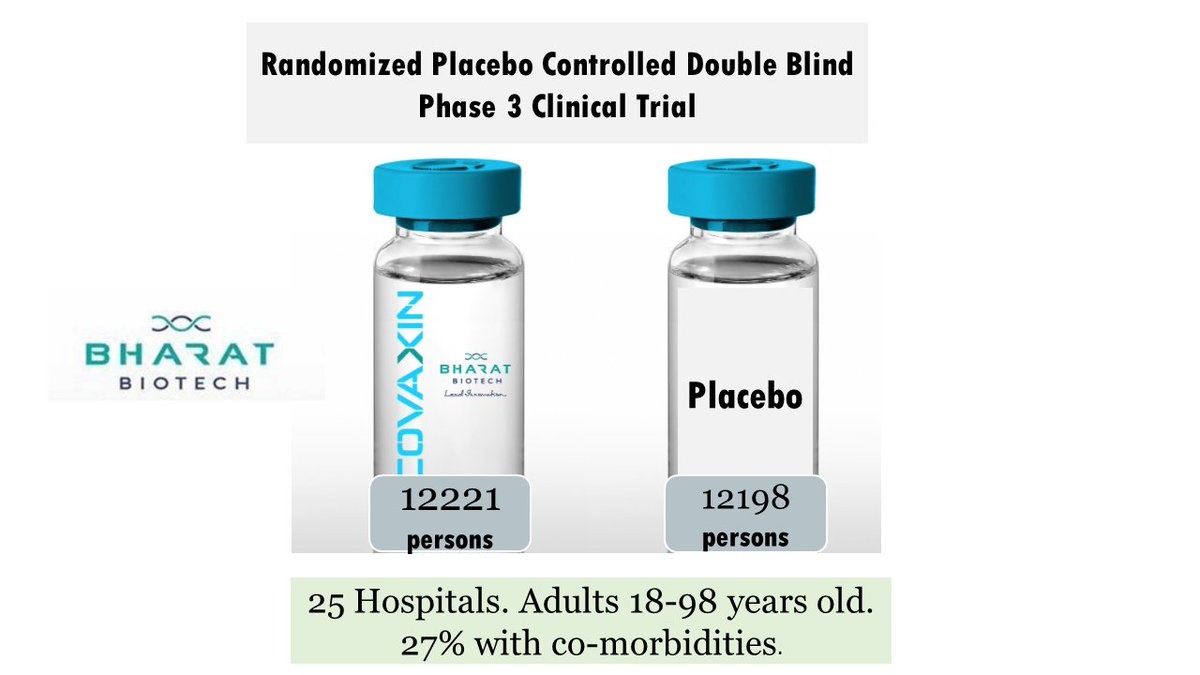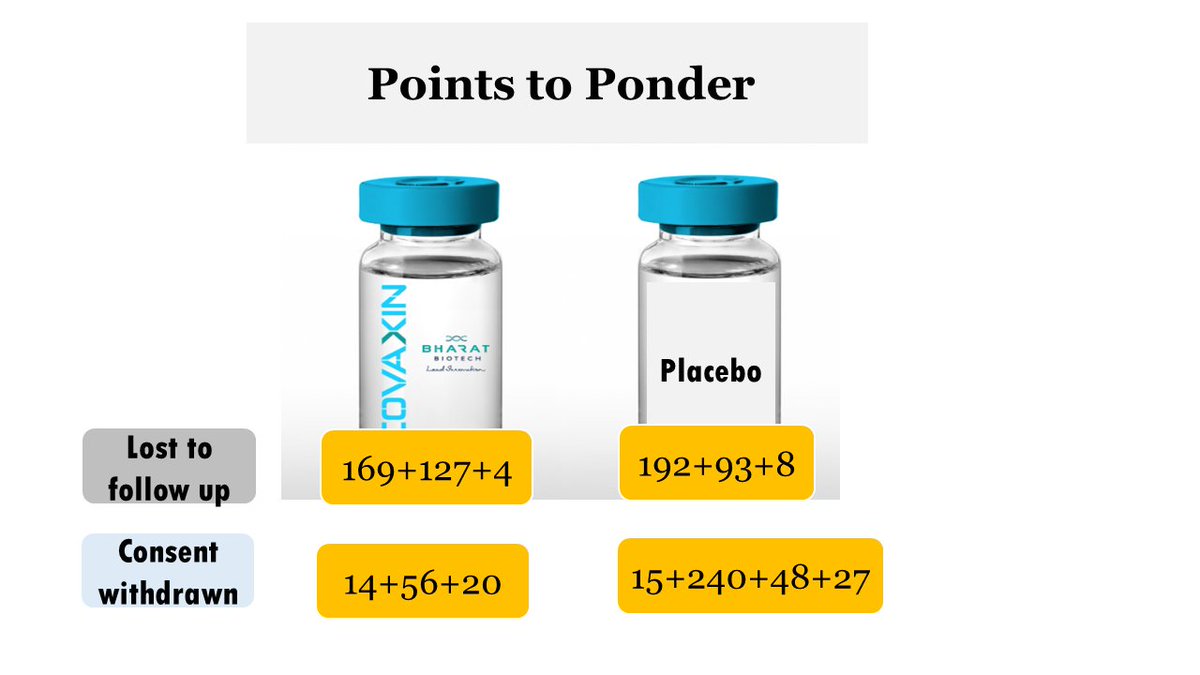1/n
#COVAXIN trial preprint was published few hours ago. Here is my summary of the trial- over 7 slides.
How was the trial designed?
#COVAXIN trial preprint was published few hours ago. Here is my summary of the trial- over 7 slides.
How was the trial designed?

• • •
Missing some Tweet in this thread? You can try to
force a refresh












